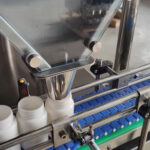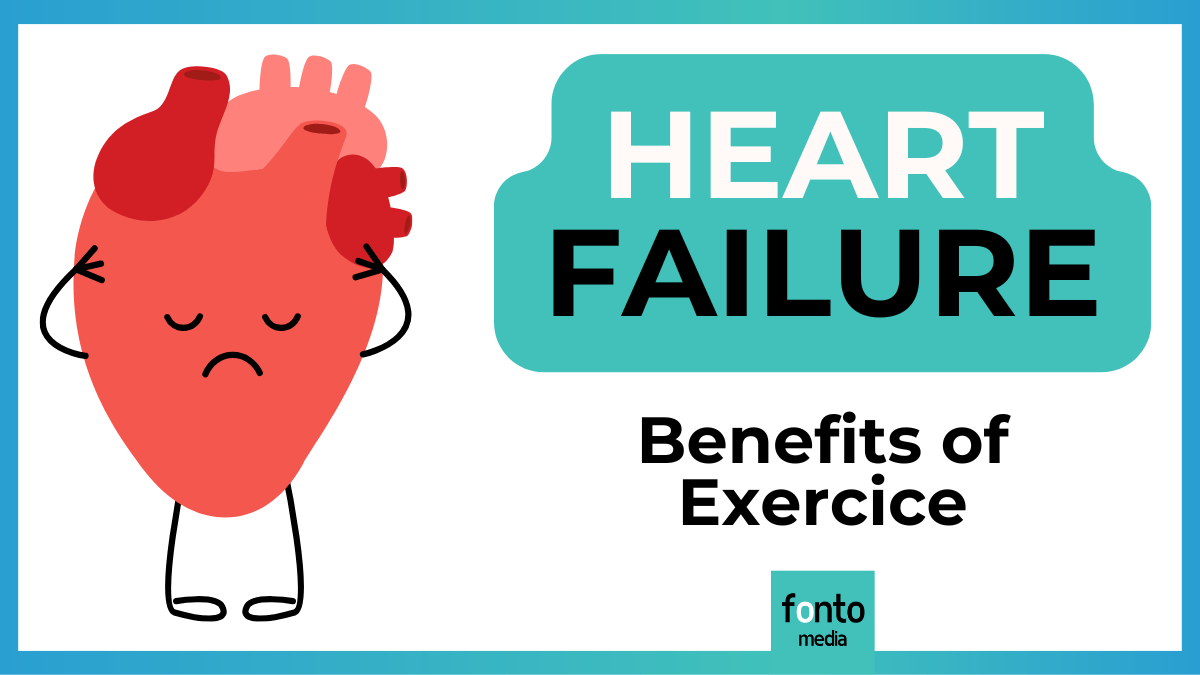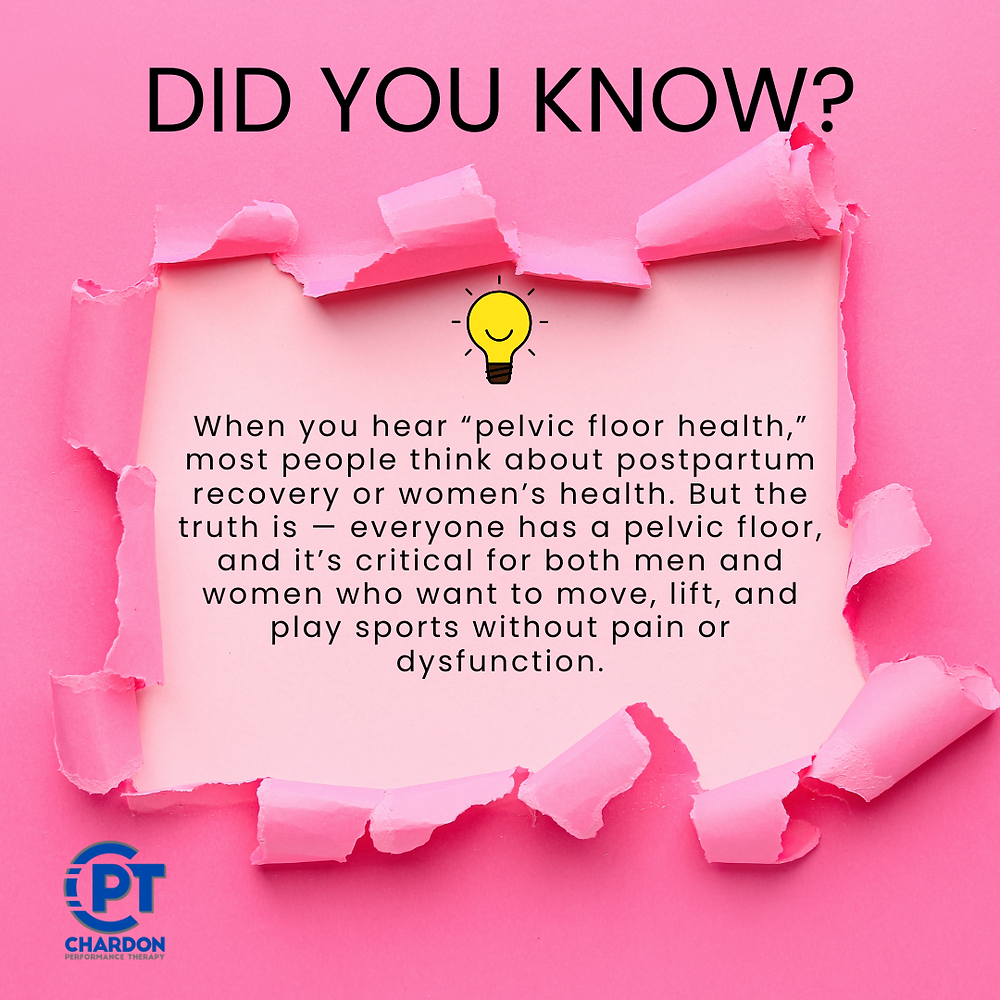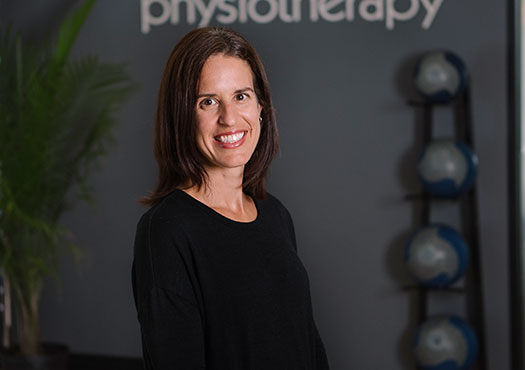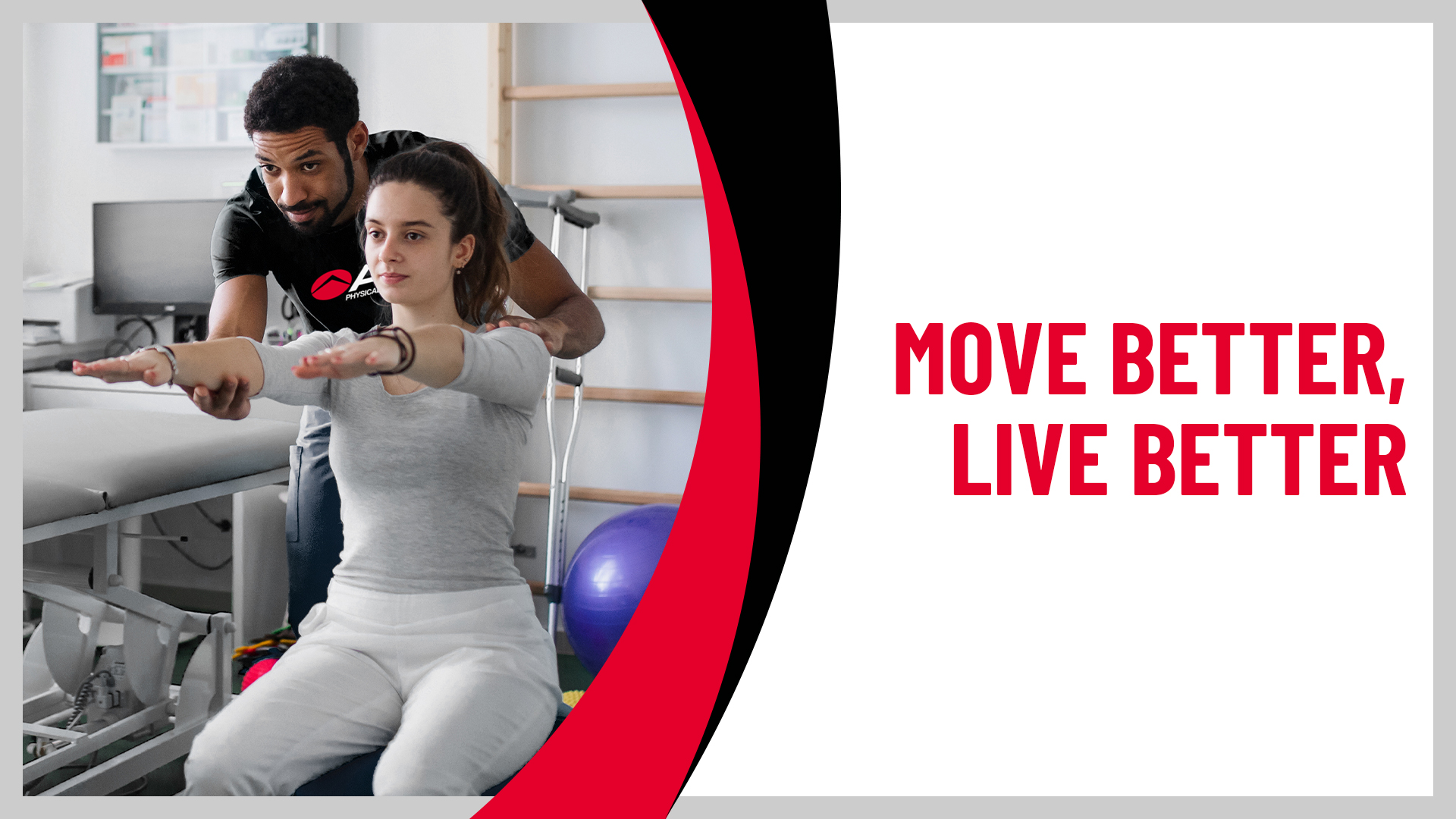Withheart failure, you’re out of breath more quickly, your legs ache more easily when you exert yourself, and you may have difficulty performing everyday activities.
In addition to medication and medical monitoring, physiotherapy sessions and, above all,regular physical exercise have a beneficial effect.
Sometimes people are also looking for a natural treatment for heart failure, so we’ll review these too, bearing in mind that exercise is by far the most effective non-drug treatment for heart failure.
♻️ Last update: August 14, 2025
👩⚖️ Declaration of financial interests: none directly related to the subject. My complete declaration of financial interests is in the legal notice section.
Written by Nelly Darbois, physiotherapist and scientific editor
Heart failure: what are we talking about?
Heart failure is also known as cardiac insufficiency. This chronic disease occurs when the heart can no longer pump enough blood to deliver oxygen to the various organs and parts of the body. It occurs mainly in the elderly , affecting around 10% of people over 70 in France.
A number of symptoms result from heart failure: shortness of breath on exertion and even at rest (also known as dyspnea), edema and general fatigue are often the main ones. People with heart failure are often followed by a cardiologist in addition to their GP.
There are various treatments for heart failure, which aim to :
- relieve symptoms and improve quality of life;
- increase life expectancy;
- reduce the frequency of cardiac decompensation episodes, which often require hospitalization.
Treatments are usually both drug and non-drug. This article takes a look at non-drug treatments for heart failure, and in particular theeffect of physical exercise, whether practiced independently or under the supervision of physiotherapists.
In heartfailure, the heart does not deliver oxygen properly to the various organs. Treatments are both medicinal and non-medicinal.
Heart failure and exercise
When you have heart failure, strict bed rest is not at all recommended. On the contrary, it’s best to remain as active as your condition allows. That’s why, in France as in many other countries, regular physical exercise is recommended. But why and how? Here are the answers to these questions.
What are the effects of exercise on heart failure patients?
Dozens of studies have been carried out in several thousand people with heart failure to investigate theeffect of exercise on the disease, its symptoms and other parameters. Most often, these studies have been :
- hospital or cardiovascular rehabilitation center;
- in people under 65 years of age;
- on men rather than women;
- on 2 groups of people: 1 with standard care (medical supervision and treatment, dietary and dietary advice, therapeutic education if necessary) and 1 with the same care plus physical exercise, often supervised by physiotherapists, and possibly therapeutic education.
Are people in the exercise groups doing better? Yes, at least on the following parameters:
- less hospitalization (for any reason) ;
- fewer hospitalizations due to cardiac decompensation;
- better quality of life.
For example, out of 1,000 people with heart failure followed for 6 to 12 months :
- 237 will be hospitalized during this period if they do not exercise;
- only 166 will be hospitalized over the same period if they exercise.
However,exercise does not appear to increase life expectancy in the short term, over the 12 months following treatment. In any case, it has no deleterious effect on life expectancy.
People withheart failure who exercise have a lower risk of hospitalization and a better quality of life.
What type of exercise and how often?
There aren’t enough studies to be able to accurately determine the type and frequency of exercise most appropriate for heart failure. The advantage of a physiotherapist’s intervention lies in adapting the exercises to the heart failure patient’s abilities and desires. Of course, a person over 80 with end-stage heart failure on continuous oxygen will not exercise at the same frequency and intensity as a 40-year-old in early heart failure.
Physical exercises are generally performed :
- 2 to 5 times a week;
- for 20 to 40 minutes;
- at low to moderate intensity(i.e. with breathlessness barely increased compared to the resting state; you must be able to talk while performing the activity);
- over a period of at least 6 weeks, generally several months or even a lifetime.
The type of exercise varies greatly according to the person’s abilities, desires and location. Examples include:
- functional exercises without equipment: repeated sit-stands from a chair, standing balance exercises, arm and leg movements against gravity, etc.
- walking on flat ground, or even on slopes. Walking is beneficial even if the perimeter is only a few meters, as is often the case for people with heart failure, the elderly and people with other associated pathologies. A 2-wheeled or 4-wheeled walker can help you get around, and physiotherapists can write a prescription for a purchase so that it can be fully reimbursed;
- the exercise bike;
- swimming or fitness exercises in water.
Focus on walking or functional exercise 2 to 5 times a week , with breathlessness only slightly worse than at rest.
Should you opt for in-center, in-office or home physiotherapy?
Many healthcare establishments offer cardiac rehabilitation programs. People go there for a few weeks, often following cardiac decompensation. One example is the Zander rehabilitation center at Aix-les-Bains in Savoie (link to the Zander cardiac rehabilitation program brochure).
However, only 20% of heart failure patients in Europe and the United States follow these cardiac rehabilitation programs. This is why alternatives to cardiac rehabilitation are increasingly being proposed, such as :
- home physiotherapy based mainly on supervised physical exercise;
- the development of new technologies and applications to encourage cardiac self-rehabilitation.
Patients often want to return home as soon as possible after cardiac decompensation. Moreover, home rehabilitation can make it easier to identify suitable exercises that can be performed over the long term, without the need for specific equipment. A synthesis of studies recently looked at the effect of home cardiac rehabilitation compared with rehabilitation in a rehabilitation center, and compared with management without any rehabilitation. Its conclusion is as follows:
Cardiac rehabilitation in rehabilitation centers and at home improves certain cardiac parameters, but only cardiac rehabilitation at home also improves quality of life.
Imran et al., 2019
Only a minority of heart failure patients undergo in-center cardiac rehabilitation. Home rehabilitation is a good alternative, and can have a greater impact on quality of life.
What should I look out for during exercise?
Physical exercise should be performed at low or moderate intensity. You mustn’t be too out of breath when you do it, or feel extremely tired. You should be able to hold a conversation, for example. It is not essential to check your oxygen saturation with a saturometer during exercise.
Exercise can be carried out while maintaining the oxygen supply, with glasses for those who need it continuously throughout the day.

If you experience shortness of breath, dizziness, nausea, cold sweat or chest pain during exercise, stop the activity immediately, sit down or lie down, and call a doctor if the discomfort does not stop immediately.
Age in itself is never a contraindication to physical exercise. On the contrary, supervised exercise for people over 65 is also a way of preventing falls.
In some cases, regular blood tests are carried out on heart failure patients, notably to assess NT-proBNP (N-terminal pro-B-type natriuretic peptide) levels. A higher-than-normal level in a person already being treated for heart failure is not a contraindication to physical exercise.
Exercise in heart failure patients should not trigger shortness of breath, nausea, cold sweats, dizziness or chest pain.
Why is exercise effective in heart failure?
The positive effects of exercise on people with heart failure can be explained by a number of mechanisms:
- the heart is better able to supply blood to the muscles, because the heart contracts better;
- The blood vessels of the muscles vasodilate better, blood circulates better;
- the tone of the vagus nerve (which plays an important role in the heart) is improved.
Physical exercise enables the heart to contract better.
Heart failure and natural treatment
Why talk about natural treatments on a site dedicated to home rehabilitation and physiotherapy? Quite simply because, when caring for people with heart failure, the question of natural treatments and remedies that can be taken alongside medication and physiotherapy often comes up.
So I regularly keep up to date on the subject by consulting studies and especially summaries of studies that come out on heart failure and the consumption of certain substances often described as “natural”, or on other alternative and complementary therapies.
However, international studies show that less than 1% of heart failure patients use this type of natural remedy. This is far less frequent than the use of natural treatments for Parkison’s disease, for example.
Heart failure and Chinese medicinal herbs
Consumption of herbs from so-called Chinese medicine is the most widely used natural treatment for people with heart failure. Although only a minority of patients actually use it. What effect does it have on the disease and its symptoms?
It is the effect of the shengmai plant that has been studied the most. Its effects have been studied on parameters strictly related to heart capacity, and not, for example, on life expectancy. Its effects could be positive, but the studies carried out carry a high risk of bias.
Although often described as a natural treatment for heart failure, the use of herbs derived from Chinese medicine is not without potential risks . In fact, according to a study carried out on people with cardiovascular disease, 1 in 22 heart failure sufferers who took herbal remedies reduced or stopped taking their medication. Yet heart failure drugs, tested on thousands of people, not only have a real effect on the symptoms of the disease, but also slow its progression and increase life expectancy. What’s more, 1.21% of Shengmai herb users have experienced adverse effects, leading some to discontinue treatment.
What’s more, if a substance contained in plants were really significantly effective, it would be used as an active ingredient in drug treatments.
Herbal remedies may have a positive effect on certain cardiac parameters, although studies are of insufficient quality. There are associated side effects.
Heart failure and acupuncture
Acupuncture is a practice based on unproven and implausible operating principles: the existence of energetic fluids circulating through the body via meridians.
Acupuncture has been tested on people with heart failure. However, the studies carried out carry too great a risk of bias to be able to say that it is effective or to recommend its use.
Acupuncture is not effective in treatingheart failure or its symptoms.

Heart failure, relaxation, meditation and sophrology
It is reasonable to believe that cognitive-behavioral strategies can help alleviate some of the symptoms of heart failure. Emotional stress is one of the risk factors for heart failure, and these techniques aim to reduce it.
When studies are carried out on the subject, half of them show that relaxation, meditation and guided imagery reduce breathlessness and sleep difficulties in heart failure patients. In some patients, it also has an effect on pain and fatigue.
Sophrology is also sometimes offered to people suffering from heart failure. The Zander rehabilitation center in Aix-les-Bains, Savoie, for example, offers sophrology sessions as part of its cardiac rehabilitation program. However, sophrology is based on unproven concepts, such as the existence of energies and higher levels of consciousness. Its effect on people with heart failure has never been clinically tested. What’s more, it’s a practice used almost exclusively in France.
Meditation and relaxation can reduceshortness of breath and sleep difficulties in people with heart failure.
Diet and exercise: the best natural treatments
Let’s not forget: the most studied and effective non-drug treatments for heart failure are :
- physical exercise;
- Stop smoking;
- adopting a balanced diet (without excess salt and fat) and possibly losing weight according to body mass index;
- monitoring rapid weight gain.
Are you wondering about the effectiveness of circulation stimulators such as the Revitive Medic? You can save your money without hesitation: there’s no point in investing in this type of device for heart failure.
Key points
- Regular, supervisedphysical exercise, in a center or at home, reduces the risk of hospitalization and improves quality of life for people with heart failure.
- Physical exercise in heart failure can be practised even in elderly people with a low walking perimeter
- Relaxation and meditation can relieve some heart failure symptoms, but acupuncture, sophrology and other alternative and complementary therapies cannot.
Any questions or comments? See you in comments!
📚 You may also be interested in these articles:
📘 Sources 📘
Resources from the Assurance maladie website, Amélie, on heart failure.
References found via a Medline database query with the following keywords: heart failure [ti] and (physiotherapy [ti] or home [ti] or rehabilitation [ti] or physical therapy [ti] or training [ti] or exercise [ti]). Last update: January 2020
On the value of cardiac rehabilitation in adults withheart failure: Cochrane Database of Systematic Reviews. Cardiac exercise rehabilitation for adults with heart failure. January 29, 2019
On the effect of home-based rehabilitationin heart failure vs center-based or hybrid management: Imran HM, Baig M, Erqou S, et al. Home-Based Cardiac Rehabilitation Alone and Hybrid With Center-Based Cardiac Rehabilitation in Heart Failure: A Systematic Review and Meta-Analysis. J Am Heart Assoc. 2019;8(16):e012779. doi:10.1161/JAHA.119.012779
On walking fitness in heart failure: Doherty P, Harrison AS, Hossain R. Determinants of walking fitness in patients with heart failure attending cardiac rehabilitation [published correction appears in Open Heart. 2019 May 10;6(1):e000866corr1]. Open Heart. 2019;6(1):e000866.
References found via a query on the Medline database with the following keywords: heart failure [ti] and (herbal medicine [ti] or complementary and alternative medicine [ti] or acupuncture [ti] or meditation [ti]). Last update: January 2020
On the effect of Chinese herbal medicine (and Shengmai in particular) in addition to conventional treatment of heart failure: Wang J, Yang R, Zhang F, et al. The Effect of Chinese Herbal Medicine on Quality of Life and Exercise Tolerance in Heart Failure With Preserved Ejection Fraction: A Systematic Review and Meta-Analysis of Randomized Controlled Trials. Front Physiol. 2018;9:1420. Published 2018 Oct 26. doi:10.3389/fphys.2018.01420 | Cochrane 2014 Shengmai (traditional Chinese herbal remedy) for the treatment of heart failure
On the effect ofacupunctureon heart failure: LeeH et al. Acupuncture for heart failure: A systematic review of clinical studies. Int J Cardiol. 2016 Nov 1;222:321-331.
On the risksassociated with the use of Chinese herbs in heart failure: Dal Corso E et al. Nurse educational activity on non-prescription therapies in patients with chronic heart failure.
On the use of alternative and complementary medicinein cardiovascular disease: Gloria Y Yeh et al. Use of Complementary Therapies in Patients With Cardiovascular Disease. The American Journal of Cardiology. Volume 98, Issue 5, 1 September 2006, Pages 673-680
On theeffect of meditation, relaxation, cognitive-behavioral strategies in heart failure: Kwekkeboom KL, Bratzke LC. A Systematic Review of Relaxation, Meditation, and Guided Imagery Strategies for Symptom Management in Heart Failure. J Cardiovasc Nurs. 2016;31(5):457–468. doi:10.1097/JCN.0000000000000274
On the effect of meditation onheart failure: Viveiros et al. Meditation interventions among heart failure patients: An integrative review. 2019. European Journal of Cardiovascular Nursing
Images
Carnet de suivi à domicileaprès hospitalisation pour décompensation cardiaque. Ameli | Pixabay |

Written by Nelly Darbois
I enjoy writing articles that answer your questions, drawing on my experience as a physiotherapist and scientific writer, as well as extensive research in international scientific literature.
I live in the French Alps☀️🏔️, where I enjoy the simple pleasures of life (+ I’m a Wikipedia consultant and the founder of Wikiconsult).


